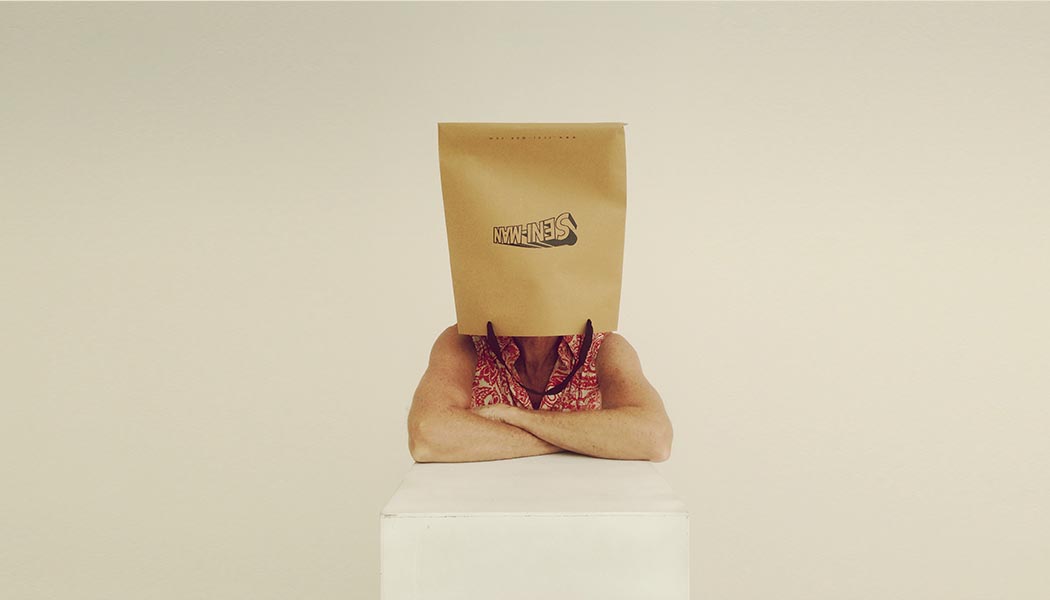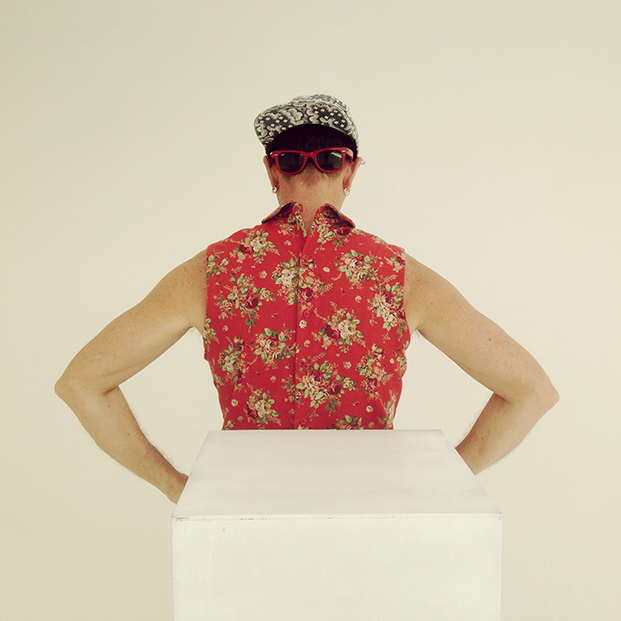David A. Carol meets Philip Lakeman of Philip Lakeman Ceramics to put a glaze on Phil’s artistic journey. Photos: Lukas Vrtilek.

PHILIP, what first brought you to Bali, and how long have you been here?
It’s been 21 years. Our thing is really architectural ceramics. Back in Australia my ex-partner and I were doing production, marketing, everything ourselves. The beauty of coming here to Bali was being able to train staff because in Australia that was really difficult for a number of reasons. Originally, everything was under one roof, but about three years ago, my business partner and I decided to call it a day. By that stage, we’d bought out our Indonesian partners. A way for me to continue was to sell the original factory. Now, the showroom’s in Sanur and our factory’s 10 minutes away.
Where on the planet does your work end up?
Bali’s great because there’s always a new hotel or a renovation happening, but we send our work throughout Asia, the Middle East, America and the Caribbean.
How influenced by Balinese culture are your ceramics?
It’s always been a source of inspiration. All my team are Balinese, and some of them have been with me for 20 years. Some of them came to me with no knowledge of ceramics but they have this innate ability with their hands. It comes from their culture. From a very young age they’re helping their parents make offerings or learning to dance for temple ceremonies. It’s almost like they’re talking with their hands. In no time I was showing them how to decorate ceramics, and now they do it 10 times better than I ever could. It’s in their blood.
Was that another reason to locate here?
No, not really. A lot of our glazed materials come from either the UK or Spain. I’m really particular about the materials that I use. We can source some from Surabaya and Jakarta, but a lot of the colours and the melts for the glaze we have to import from Europe.
How are your ceramics made?
The only machine that we use is a kiln for firing, and a compressor for spraying glaze on, but everything else is done by hand. We use a technique called sand-casting where we make the moulds out of timber, press them into volcanic sand and then cast before putting them in the kiln. It’s like making cookies.
And every cookie is slightly different?
Yes, a lot of clients see a tile and think that each one will be exactly the same. I have to educate them by saying it will be similar, but not the same. The variation in colour is the beauty of what I offer. If you want something exactly the same, it’s better to go to a commercial factory.
Is everything collected in a reference library?
Yes, and it’s huge. After 20 years I’ve got hundreds, if not thousands, of designs. A lot of it is now digitised, thank goodness. It’s a bit like fashion – I’m always coming up with new ideas and new techniques.
Speaking of fashion, would you say it inspires you directly?
It does, but I’m not sure I would look at Stella McCartney’s collection and say there’s a parallel between what we’re both doing. I think what most inspires me about fashion is the idea that you’re constantly re-inventing yourself.
Have your designs changed since your partner left?
They probably have. We were like yin-yang, like Gilbert and George or Pierre et Gilles. People would ask us, “are you Philip or Graham?” That was an amazing adventure, but everything runs its course. I’m two years into running the company on my own, and I’m really enjoying it. I’m the driver and the passenger all at once.
Would you consider collaborating with anyone else again?
Yes, I’m not a precious artist.
What else can we look forward to in the near future?
Recently, a designer from Jakarta had the idea to use ceramic panels on the exterior of a three-storey building in Nusa Dua called GWK. It’s almost finished, and it’s one of the projects I’m really excited about. It’s the first time my work’s been used as an external detail, especially on that kind of scale.
Do you think of it as work?
It’s a responsibility, but no, it doesn’t feel like work. With work, there’s the question, when are you going to retire? I find that such a weird concept. Hopefully, I’m going to be doing this until the day I die. As you get older, you get better. Your ideas become clear, you’re much braver. You’re not so influenced by other people, and you’re probably doing your best work. For me, good art comes from knowing when to stop. You can overdo things and lose that spirit and emotion. I think that’s the greatest challenge for any artist. www.lakemanceramic.com








































